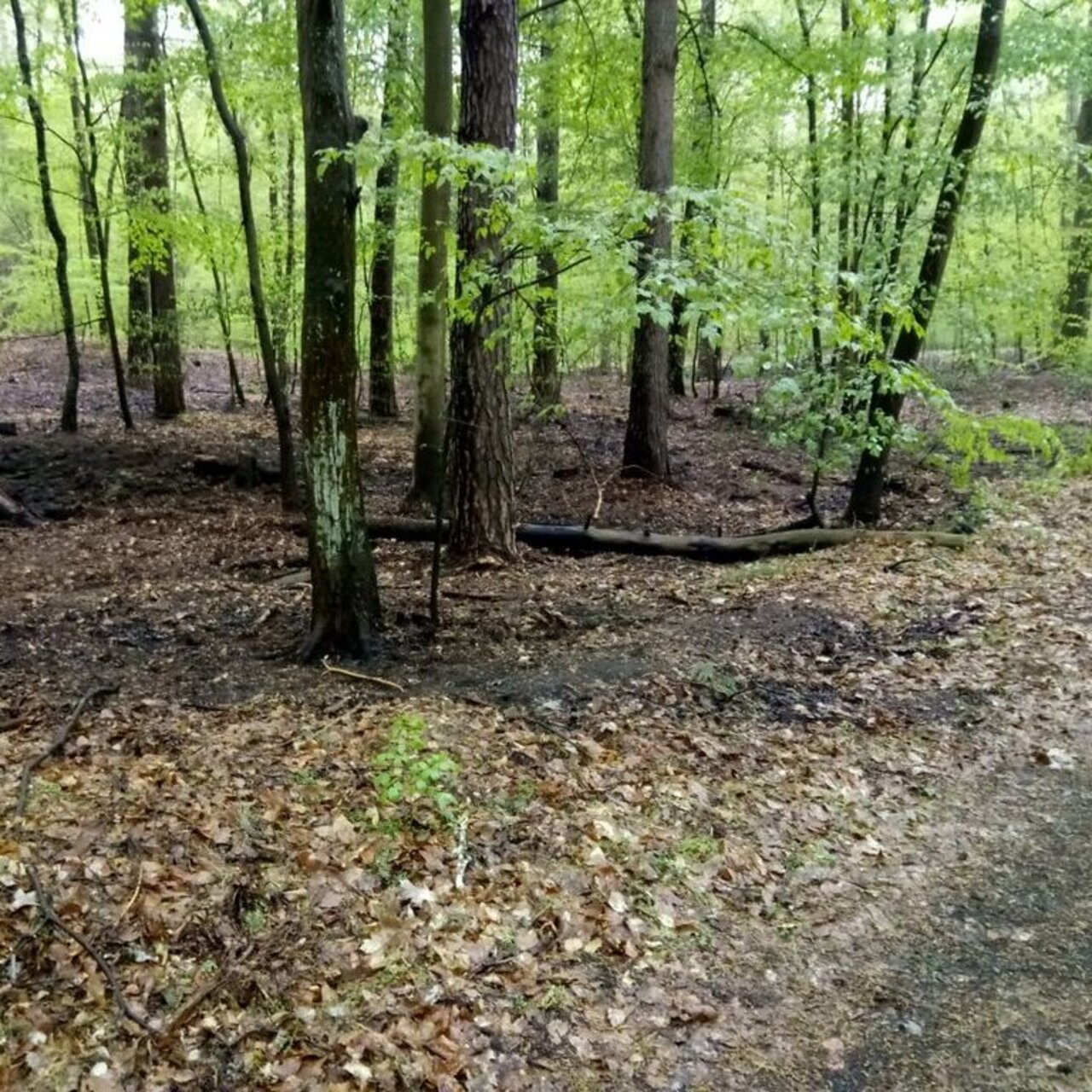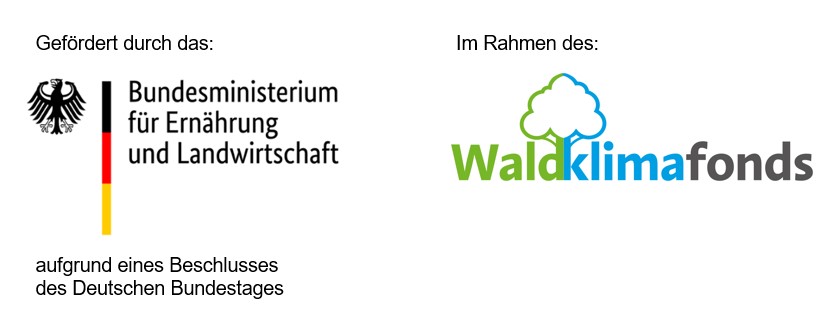Project
Expansion of ecological, silvicultural and technical knowledge of forest fires (ErWiN)

The project ErWiN works to provide on the expansion of ecological, silvicultural, and technical knowledge of forest fires for forest management and fire fighting.
Warmer, drier summers increase the risk of forest fires in Germany, followed by an increase of forest fires. Related to this increase of risk, there is a lack of knowledge.
Background and Objective
This project creates basics for the knowledge-based handling of forest fires in the fields of silviculture and fire fighting.
The development of small-scale, dynamic vulnerability maps is planned at the Thünen Institute, which take into account relevant forest structure parameters in addition to the fire weather indices. An expanded risk assessment shall include climate scenarios and silvicultural measures through scenario analyses.
Approach
Work package 1.1 - History of forest fires:
Data collection of past forest fires with information on the location, time of origin, if known, cause of fire, fire propagation dynamics and further information.
Work package 1.2 - structural and climatic conditions:
Creation of a complete, consistent, area-representative data set of daily values of fire weather indices (e.g. WBI, FWI) in climatic and current periods, including climate scenarios up to 2100 for Germany on a medium scale, which is automatically updated on a daily basis in addition to the scenarios and history.
Finally, forest fire-relevant forest structure data (tree species, structures, height, percentage of dead wood, phenology, soil moisture levels, height, moisture, fire barriers, network of paths, infrastructure, etc.) are obtained and derived.
Work package 1.3 - Vulnerability maps:
1) The amount of flammable material due to the weather and forest structure: Here the fire weather indices are combined with the forest structure data including the fuel types.
2) The influence of human activities: The potential initial spark by humans should be taken into account based on the proximity to infrastructure, forms of use, days of the week and times.
3) If a fire breaks out, the rate of fire spread and the effectiveness of firefighting determine a decisive role. The rate of propagation due to weather and forest structure is primarily analysed with process-based fire propagation models (KIT). The effectiveness of firefighting depends on the speed of the fire alarm. Other questions regarding firefighting are: How fast is the fire brigade on site? Can it reach the fire (paths & ammunition contamination, other dangers)? To what extent and with which technology can the firefighting be carried out?
Thünen-Contact

Involved Thünen-Partners
Involved external Thünen-Partners
-
Karlsruher Institut für Technologie (KIT)
(Garmisch-Partenkirchen, Deutschland) - Landesbetrieb Forst Brandenburg – Eberswalde (LFE) / Landeskompetenzzentrum Forst Eberswalde (LFE)
(Eberswalde, Deutschland) - Institut der Feuerwehr NRW
(Münster, Deutschland)
Funding Body
-
Federal Ministry of Food und Agriculture (BMEL)
(national, öffentlich) -
Federal Ministry for the Environment, Nature Conservation, Building and Nuclear Safety (BMUB)
(national, öffentlich)
Duration
5.2020 - 9.2023
More Information
Project funding number: 2219WK54B4
Funding program: Waldklimafonds (Programmbestandteil des Sondervermögens Energie- und Klimafonds)
Project status:
finished

Publications
- 0
Gnilke A, Sanders TGM (2024) Forest fires and the role of military contaminated sites on forest and succession areas in Brandenburg. Eberswalde: Thünen Institute of Forest Ecosystems, 2 p, Project Brief Thünen Inst 2024/01a, DOI:10.3220/PB1705316426000
- 1
Leonardos L, Gnilke A, Sanders TGM, Shatto C, Stadelmann C, Beierkuhnlein C, Jentsch A (2024) Synthesis and perspectives on disturbance interactions, and forest fire risk and fire severity in Central Europe. Fire 7(12):470, DOI:10.3390/fire7120470
- 2
Gnilke A, Sanders TGM (2024) Waldbrände in Deutschland und die besondere Gefahrenlage in Brandenburg. In: Lozán JL, Graßl H, Kasang D, Quante M, Sillmann J (eds) Warnsignal Klima : Herausforderung Wetterextreme ; Ursachen, Auswirkungen & Handlungsoptionen. Hamburg: Wiss Auswertungen, pp 218-223, DOI:10.25592/warnsignal.klima.wetterextreme.37
- 3
Gnilke A, Sanders TGM (2024) Waldbrände und die Rolle militärischer Altlasten auf Wald- und Sukzessionsflächen in Brandenburg. Eberswalde: Thünen-Institut für Waldökosysteme, 2 p, Project Brief Thünen Inst 2024/01, DOI:10.3220/PB1705315598000
- 4
Larjavaara M, Brotons L, Corticeiro S, Espelta JM, Gazzard R, Leverkus A, Lovric N, Maia P, Sanders TGM, Svoboda M, Thomaes A, Vandekerkhove K (2023) Deadwood and fire risk in Europe : Knowledge synthesis for policy. JRC134562. Luxembourg: Publications Office of the European Union, 15 p, DOI:10.2760/553875
